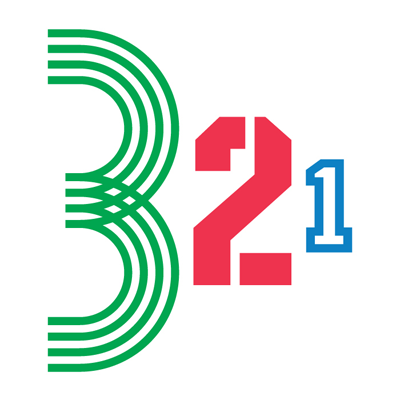
When people are first introduced to biofeedback training it can be easy to get overwhelmed and have it seem like something that would be nice to implement in their training but feel like it’s too complicated. It’s not, and I’ll lay out exactly how you can use it.
There are three major ways that you can implement biofeedback testing in your own training:
The first is to use it as a way to supplement your intuition and confirm a hunch. This would work best for people who already have a high sense of intuition about what they’re feeling in their body. You know when you feel that something is “off” and maybe even you have a good sense for what to change to make it feel right. In this case you can use biofeedback testing as a way to confirm or deny your hunch. Maybe you’re feeling a little off but you don’t know if it’s “in your head” or if it’s a real sensation – biofeedback can objectify that sensation for you and tell you if it’s accurate.
The second and most common way to use biofeedback training is to test out your major exercises and components of your program. This is a super flexible approach and lets you use an existing program for guidance without the downsides of sticking to a rigid prescriptive program – namely doing things that your body doesn’t react well to. This is the approach I advise most people to use when they first get started with biofeedback training. To implement this, simply test the movements in your program before performing them. If your first exercise of your program is a conventional deadlift then you would perform that movement and test it with biofeedback. If it tests well, then you go ahead with your program as usual. Believe it or not, in most cases this is exactly what happens. In the even that it does NOT test well you would then try some alternatives and make some tweaks to the program that day. The next day you very well may go right back to the program as written. Of course beyond testing exercises in the program it would be best if you also tested the weights or loads you were using, but each individual is free to adjust how much testing they want to do based on their own needs. I’ll circle back on the topic of how much testing to do at the end of this article.
Finally, the most thorough and intensive way to use biofeedback is to test everything. I call this going down the rabbit hole. In my experience this is most appropriate for people have a significant number of movement issues and or are dealing with chronic pain issues. These people can handle the least amount of distress from training, so they have to find that narrow slice of eustress that the right movement, with the right tool, the right load, and the right volume will engender. Naturally this is more time consuming to test so many more variations but it’s really necessary for people who can’t follow an inherently more stressful pre-written program.
Which Is Right For Me?
In my experience and opinion the best way to get started with biofeedback training is to start in the middle and move in the direction that makes sense for you. Most people with experience strength training are already accustomed to using or following a program. Applying biofeedback to a program is really simple, I went into this in detail in this article, and is not a big stretch from what you’re used to. Plus, if you’re using a well-designed program you are going to be able to reap the benefits that it’s designed to provide but calling audibles whenever necessary to keep things moving in the right direction gives you the best of both worlds. If I had a dollar for every time I heard of someone rigidly following a program getting hurt I would have a sad retirement on a private island of broken training dreams.
From there, you can move in one of two directions. If you’re super healthy, functional, and pain free and you have developed a good sense of intuition you can get away with a lot of training without actually testing – just paying attention to that intuitive sense of how things feel. When necessary you can use biofeedback to confirm your intuition.
For some people however, those who are experiencing ongoing pain issues, testing more and more becomes critically important. In these cases you sometimes have to get very creative in thinking of new things to test and finding exactly what works for your body so you can move where you can today.


I love this idea and just tested the jefferson dead today. my question is this: even if a movement doesn’t test well, is it permissible/advisable to do a deload? for instance, deadlift isn’t doing well so doing a set of 10 at 40 percent a la easy strength? Also, what about movements you’ve never tried?
If it doesn’t test well, I would not do it at all. You’re literally doing something your body responds negatively to. Sure, doing it light is going to have less magnitude of impact than doing it heavier, but people get hurt on light weight ALL THE TIME – probably because they were unwittingly doing something that didn’t test well.